Whereas camera bodies come and go, lenses tend to keep their value for years, which is why it is so important for the budding photographer to invest in a good range of primes and zooms from day one. Not only, but lenses are often the key to achieving the results you want. If you love wildlife photography, for example, you will probably care more about owning a fast tele-zoom rather than a wide-angle or macro lens.
If you’ve just bought the Fujifilm X-E3 and are wondering which lenses you should be considering, look no further – in this article, we’ve compiled a full list of recommended lenses for each of the most popular photographic genres. At the end of each section, you’ll also find a short list of lenses that didn’t make the list but are still worth considering.
Understanding Fujinon lens terminology:
- XF: Premium lenses (the ones with the red logo are professional lenses)
- XC: A cheaper series of lenses designed for entry-level cameras
- R: Ring, meaning the lens includes an aperture ring
- LM: Linear Motor means that the lens has a faster AF motor; it provides faster speed and silent operation
- WR: Weather-resistant
- OIS: Optical Image Stabilisation
For Samyang lenses:
- UMC: Ultra Multi Coating to reduce flares
- NCS / CS: Cropped Sensor
Ethics statement: The following list is based upon our experience with Fujinon lenses, most of which we’ve used for an extended period on various X series cameras. We were not asked to write anything about these lenses, nor were we provided any compensation of any kind. Within the article, there are affiliate links. If you buy something after clicking the link, we will receive a small commission. To know more about our ethics, you can visit our full disclosure page. Thank you!
Standard / All-Purpose Zoom Lenses
XF 18-55mm f/2.8-4 R LM OIS
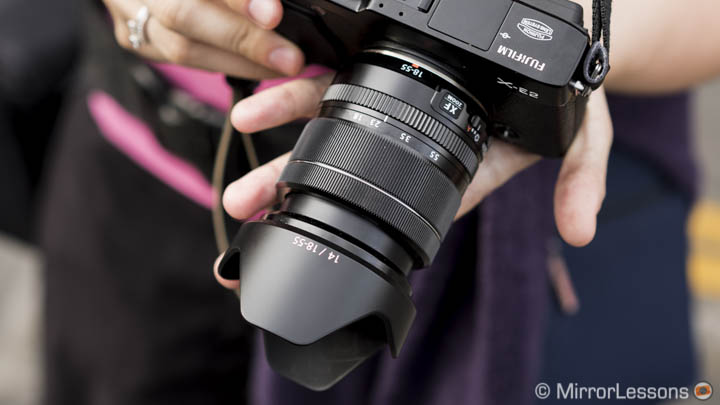
The XF 18-55mm is the kit lens that comes bundled with the Fujifilm X-E3, though the label “kit lens” really doesn’t do it justice.
It delivers better sharpness and a faster aperture range than your average kit lens, and comes with optical stabilisation that compensates up to 4 stops. On the well-constructed barrel, you’ll find an aperture ring and metal mount. Importantly, its dimensions are a good match for a small camera like the X-E3.
Check price of XF 18-55mm on eBay | B&H Photo
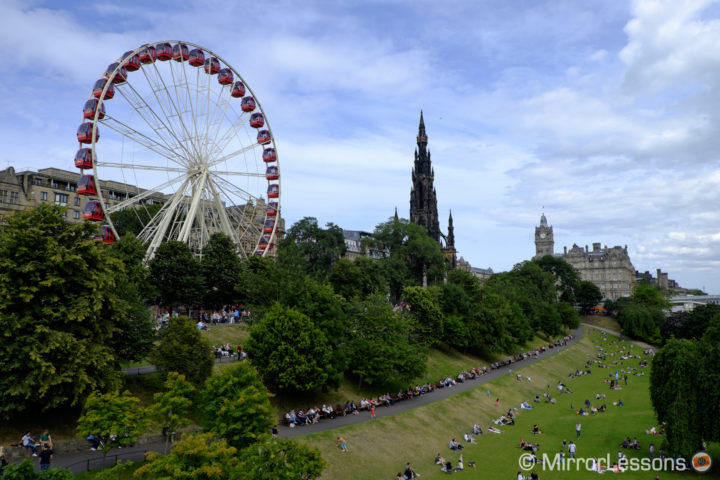
XF 18-135mm f/3.5-5.6 R LM OIS WR
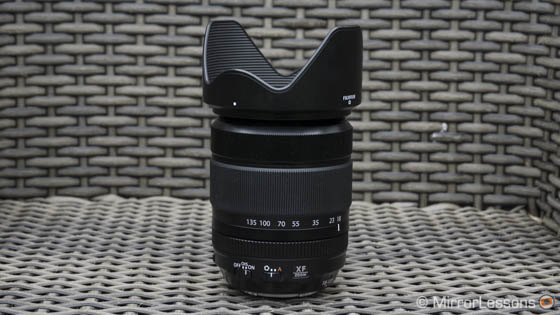
Only one all-purpose zoom exists for the X series but thankfully, the Fujinon XF 18-135mm has lots to offer. Not only does its range of 27-206mm (35mm equivalent) provide lots of versatility, but the optical quality is also surprising for this type of lens. Sharpness is good, flare resistance is excellent and in spite of the slow aperture range, it has a decent bokeh at the longest focal length. Happily, it isn’t too big or heavy (though it is a tad large for the X-E3) and it comes with weather-sealing. The only small caveat is the stiffness of the zoom ring between 100mm and 135mm.
The real strengths of this lens is the optical stabilisation, which has a 5 stop rating by CIPA standards. The internal motor is fast and silent, making it a good companion for action shots.
Check price of XF 18-135mm on B&H Photo

Back-up choice:
- XC 16-50mm f/3.5-5.6 OIS II: this standard zoom certainly feels more like a kit lens due to its plastic build and slower aperture range. One advantage is that it has a slightly wider angle of view (16mm or 24mm in full-frame terms). We feel it is only worth buying if you find it for significantly less than the 18-55mm. Check price on B&H Photo
Landscape and Architecture
Samyang/Rokinon 12mm f/2 NCS CS
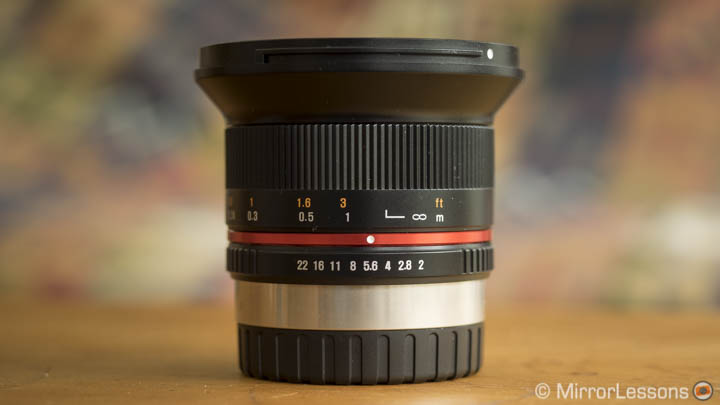
An excellent wide-angle prime for the series is the Samyang Rokinon 12mm f/2 (18mm equivalent). Not only is it one of the most affordable at around $300 but it also has a sufficiently fast maximum aperture for astrophotography in addition to very little comatic aberration in the corners.
The lens, in addition to being light and compact enough for the X-E3, has a very good build quality and features a metal mount. However, because it is a manual focus lens that lacks electronic contacts, the aperture number isn’t recorded in the EXIF data.
As for the optical performance, centre sharpness is good from f/2. Some ghost flares might appear in direct sunlight but they aren’t too invasive. Correcting distortion and vignetting of the RAW files is simply a matter of selecting the right lens profile in your editing software.
Check price of Samyang/Rokinon 12mm f/2 on eBay | B&H Photo

XF 14mm f/2.8 R
The XF 14mm f/2.8 isn’t the most recent prime from Fujifilm but its optical quality is still more than valid today. It gives you a 21mm equivalent field of view which makes it an interesting choice for landscapes and cityscapes: it’s not too wide yet not too narrow which allows you to create very interesting compositions featuring architectural elements. It features a distance / depth of field scale on the barrel and an aperture ring (but it moves a bit too freely). The focus motor is good but not among the fastest in the XF lineup.
Check price of XF 14mm f/2.8 on eBay | B&H Photo
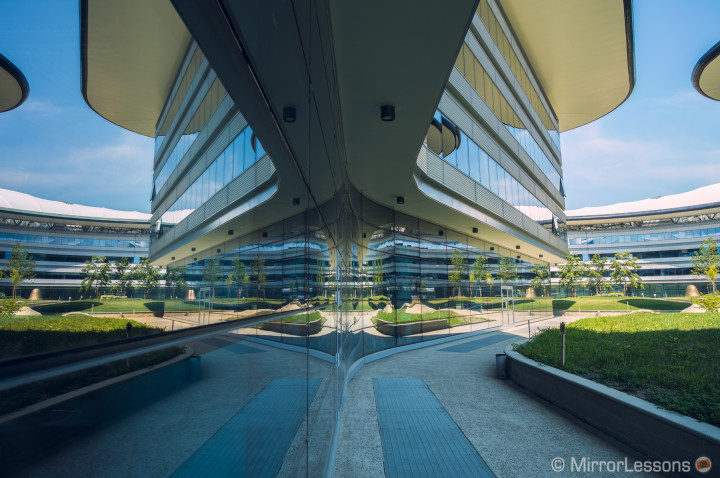
XF 10-24mm f/4 R OIS
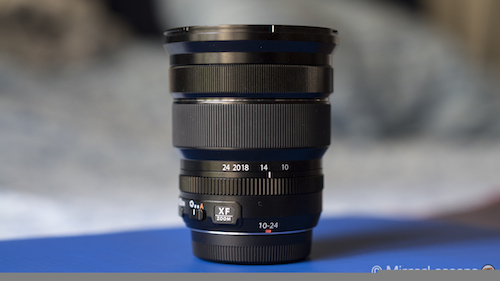
Despite being one of the larger and heavier lenses you can find for the X-E3, we decided to include the XF 10-24mm on this list for a couple of reasons. First, it is currently the sole ultra-wide rectilinear lens for the system and second, its focal range makes it more useful than a wide-angle prime with a fixed focal length.
The build quality is very good and sharpness is excellent from edge to edge with the exception of the widest angle where corner sharpness suffers a little, making it a wonderful companion for landscapes and architecture. Flare and barrel distortion are also well-contained. The only small issue is that while the lens benefits from very good optical stabilisation, the f/4 aperture can be somewhat limiting in low-light conditions.
Check price of XF 10-14mm on eBay | B&H Photo
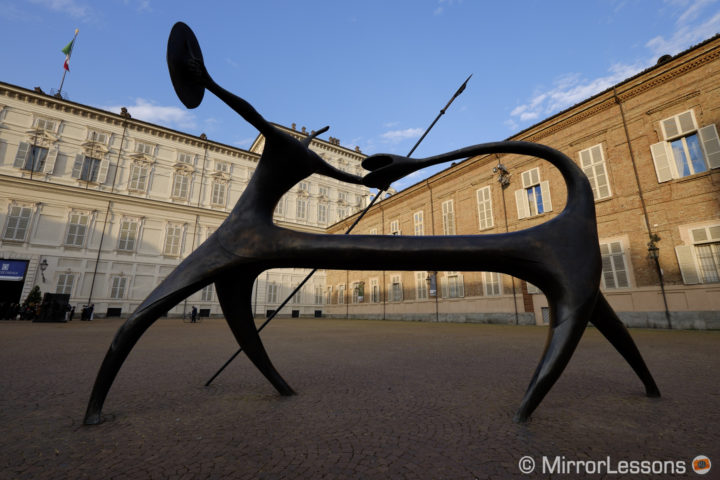
Back-up choices:
- Zeiss Touit 12mm f/2.8: like all Zeiss lenses, the optical quality is excellent but the price is hard to justify when compared to a product like the aforementioned Samyang Rokinon 12mm. Check price on B&H Photo
- XF 16mm f/1.4 R WR: a more specialised wide-angle prime that works well for low-light events and concerts thanks to its fast aperture. Check price on B&H Photo
Street and Reportage
XF 23mm f/2 R WR
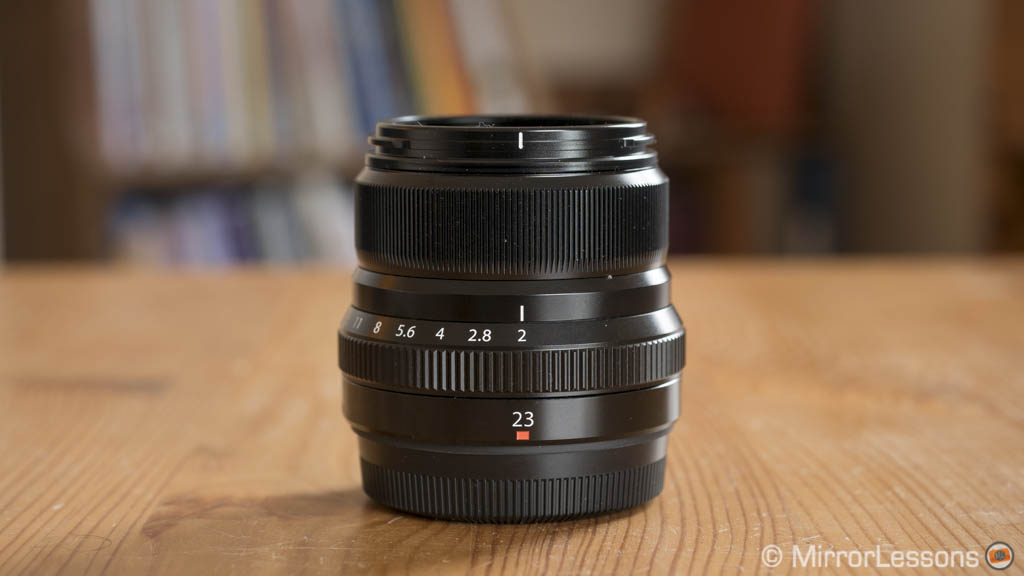
Fujifilm launched a range of f/2 primes that, despite being more affordable than other primes for the series, provide similar optical quality in a small yet robust package. The 23mm f/2 is one of the three primes in the series and we can wholeheartedly recommend it for many reasons. First, the autofocus motor is blazingly fast even in low-light conditions. Second, it comes with full weather-sealing against dust, moisture and cold temperatures. Finally, it is small and light enough to be an excellent match for the X-E3. In fact, you can find it as a kit lens bundled with the camera.
Once stopped down beyond its fastest aperture of f/2, the lens is sharp from corner to corner. The bokeh has a nice character but the only way to get more shallow depth of field is to focus close. Flare resistance is also excellent.
Check price of XF 23mm on eBay | B&H Photo

XF 27mm f/2.8
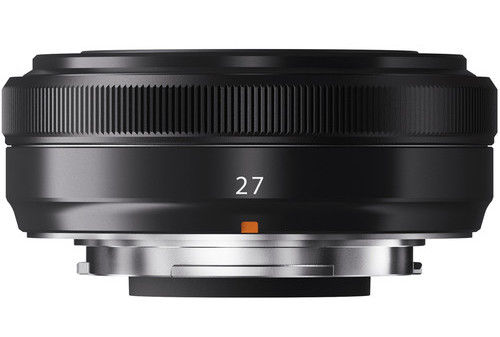
I’ve been fond of the XF 27mm ever since its release for two reasons: its affordable price tag and flat pancake design. When mounted on the X-E3, it almost feels like part of the body, much like the X100 series and its fixed lens. In short, it is the perfect option if you want to keep your set-up as light and portable as possible. The field of view of 41mm (35mm equivalent) may be somewhat unusual but it can work well for street and reportage photography. Sharpness is also very good overall.
Check price of XF 27mm on eBay | B&H Photo

XF 35mm f/1.4 R
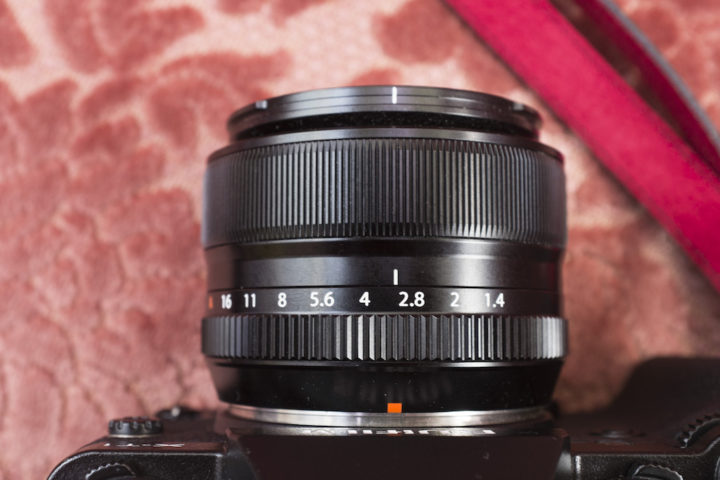
The f/2 version gives you faster autofocus and weather sealing, but we’re grown quite fond of the older 35mm f/1.4 and we love the quality it produces in terms of sharpness and bokeh. The AF motor mechanism is not internal which makes it slower and a little bit noisy, but it’s one of those classic Fuji lens we like to have in our bag.
Check price of XF 35mm f1.4 on eBay | B&H Photo

Back-up choices:
- XF 18mm f/2 R: Being one of the first lenses for the system, the 18mm can now be found for a very attractive price. It doesn’t have the fastest AF motor but the equivalent 28mm field of view should appeal to many street shooters. Check price on B&H Photo
- XF 23mm f/1.4 R: the fast aperture and top-notch optical quality make this lens a great choice if you really love this type of prime. It is larger than the f/2 version however, and is of course more expensive. Check price on B&H Photo
Portrait Photography
XF 50mm f/2 R WR
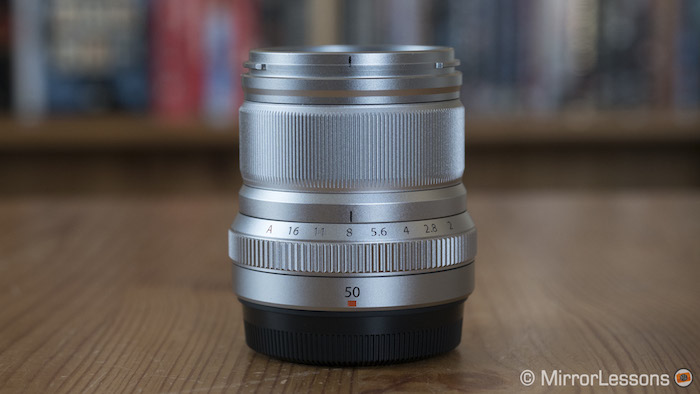
The third lens in the f/2 series is the XF 50mm f/2. It has the same characteristics as the other f/2 lenses such as a fast and silent autofocus motor, compact weather-proof build and affordable price tag. With an equivalent field of view of 76mm (35mm format), it is long enough to work as a portrait lens but is also suitable for events and everyday photography.
Check price of the XF 50mm on eBay | B&H Photo

XF 56mm f/1.2 R
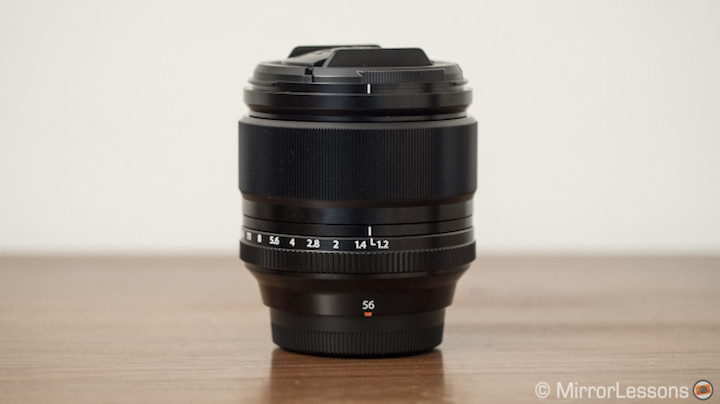
If there is a must-have lens for the Fuji X system, the XF 56mm f/1.2 is it – especially if you are passionate about portrait photography. It has a robust metal construction and delivers excellent results in terms of sharpness right out of the gate (and becomes razor sharp by f/2). The bokeh is smooth and creamy, especially between f/1.2 and f/2, and while the AF motor isn’t as fast as that of the XF 50mm, it is more than sufficient for portraits.
Check price of the XF 56mm on eBay | B&H Photo
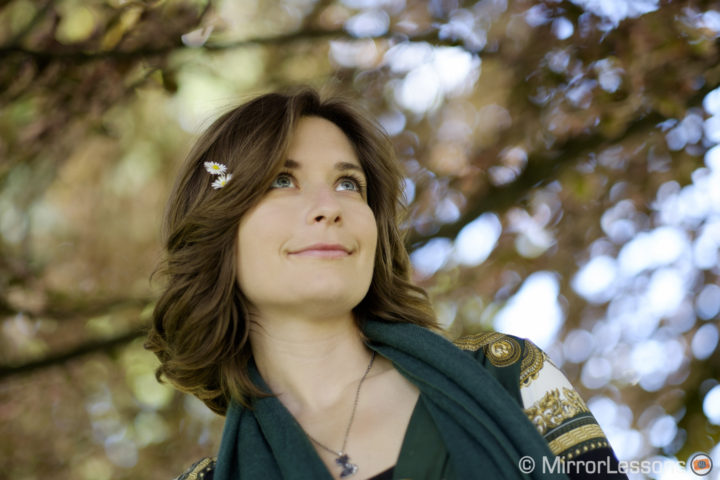
Back-up choices:
- XF 60mm 2.4 macro: for many years, this was the only affordable option for portraits despite being a macro lens. Unless you can find it for a really good price, it makes less sense to choose it over the XF 50mm since the latter has a faster AF motor and weather-sealing. Check price on B&H Photo
Action and Wildlife Photography
XF 90mm f2 R LM WR
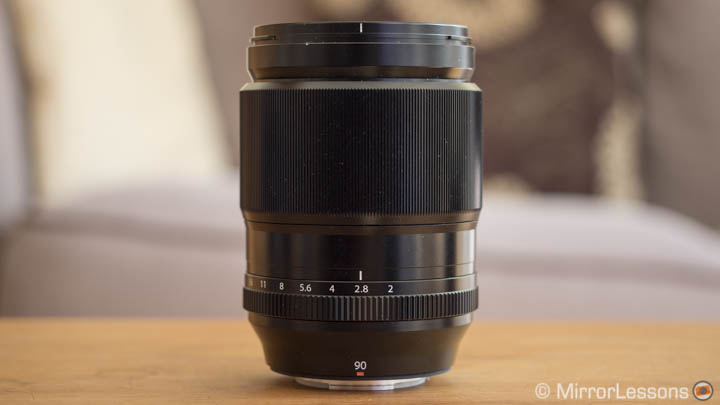
The first lens we would recommend for sports and action is the XF 90mm f/2. Not only is it one of the quickest lenses from Fujifilm due to its quad-linear motor, but the optical quality is also superb. In fact, it is already extremely sharp at its fastest aperture of f/2, making it a handy option for low-light event work or portraits. It is larger than some of the other primes we’ve mentioned but remains a good fit for the X-E3. Granted, the fixed focal length can be limiting for subjects at a distance, but for events such as marathons or bike races where you can get close to the action, it can work very well. It is too short for wildlife however.
Check price of the XF 90mm on eBay | B&H Photo

XF 55-200mm f/3.5-4.8 R LM OIS

An older zoom for the Fuji X series that nonetheless remains a valid option is the XF 55-200mm. The AF motor is slower than that of other telephoto lenses in the range but its compact size, coupled with its good optical quality, faster-than-average aperture range and flexible zoom range of 84-305mm (35mm equivalent), makes it a good choice for genres that don’t require an extreme telephoto reach. Sadly it doesn’t feature any sort of weather-sealing but it does benefit from optical stabilisation.
Check price of the XF 55-200mm on eBay | B&H Photo
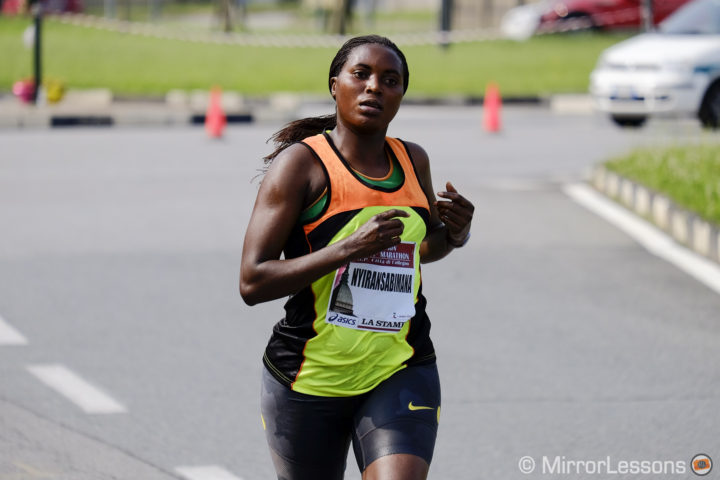
Backup choices:
- XF 50-140mm f/2.8 R LM OIS WR: one of the larger, heavier and more expensive lenses for the system but it has an excellent build quality, optical quality and AF motor. Not the best option for the X-E3 due to its size. Check price on B&H Photo
- XF 100-400mm f/4.5-5.6 R LM OIS WR: even though it is the best option for wildlife, it is very expensive and would dwarf a camera like the X-E3. Check price on B&H Photo
- XC 50-230mm f/4.5-6.7 OIS II: a lens meant for those on a tight budget. The build quality isn’t as good as the other lenses mentioned here and it has less reach on the telephoto end. The aperture range is also slower than that of the 55-200mm. Check price on B&H Photo
Macro Photography
MCEX-11 and MCEX-16 macro extension tubes
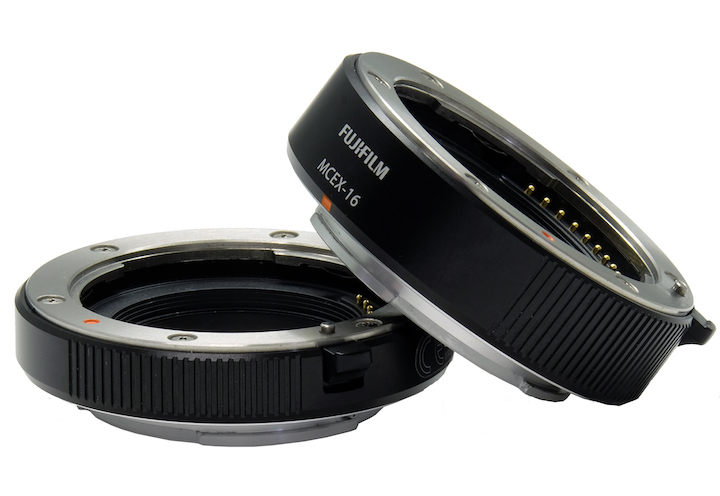
Those who would rather avoid splashing out on a dedicated macro lens right a way should definitely consider Fujifilm’s macro extension tubes. Mounted between the camera and lens, they let you bypass the minimum focus distance and focus much closer to your subject. What’s more, you can use autofocus and they have electronic contacts. As of now, there are two tubes – an 11mm and a 16mm – with the latter giving you a little more magnification than the former. Keep in mind that the magnification also varies from lens to lens (check this table on Fujifilm’s website for more information).
Check price of the MCEX extension tubes on eBay | B&H Photo
Fujinon XF 80mm f/2.8 Macro
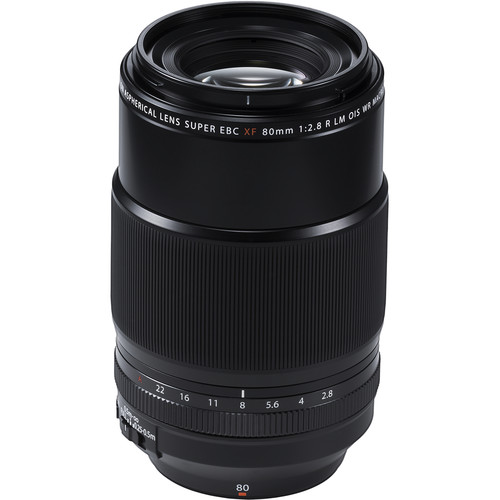
The XF 80mm is one of the latest additions to Fujifilm’s roadmap of lenses and is also the first native Fujinon lens to offer 1:1 magnification. Though we’ve yet to try this lens ourselves, we’ve heard nothing but glowing reviews. Sharpness is said to be incredible through the aperture range and it promises a beautiful bokeh. Other features include a weather-sealed construction, optical stabilisation and a fast and silent autofocus system by adopting linear motors.
Check price of the XF 80mm f/2.8 on eBay | B&H Photo
Backup choices:
- XF 60mm f/2.4 macro: A semi-macro lens (1:2 ratio) that gives you excellent sharpness from f/2.4. The 90mm equivalent field of view also makes it an interesting option for portrait work. However the AF motor isn’t very fast. Check price on B&H Photo
- Zeiss Touit 50mm f/2.8 macro: offers good optical quality but is a little expensive. The focal length is a bit short for more advanced macro work (75mm equivalent) and the AF motor is a somewhat noisy. Check price on B&H Photo
